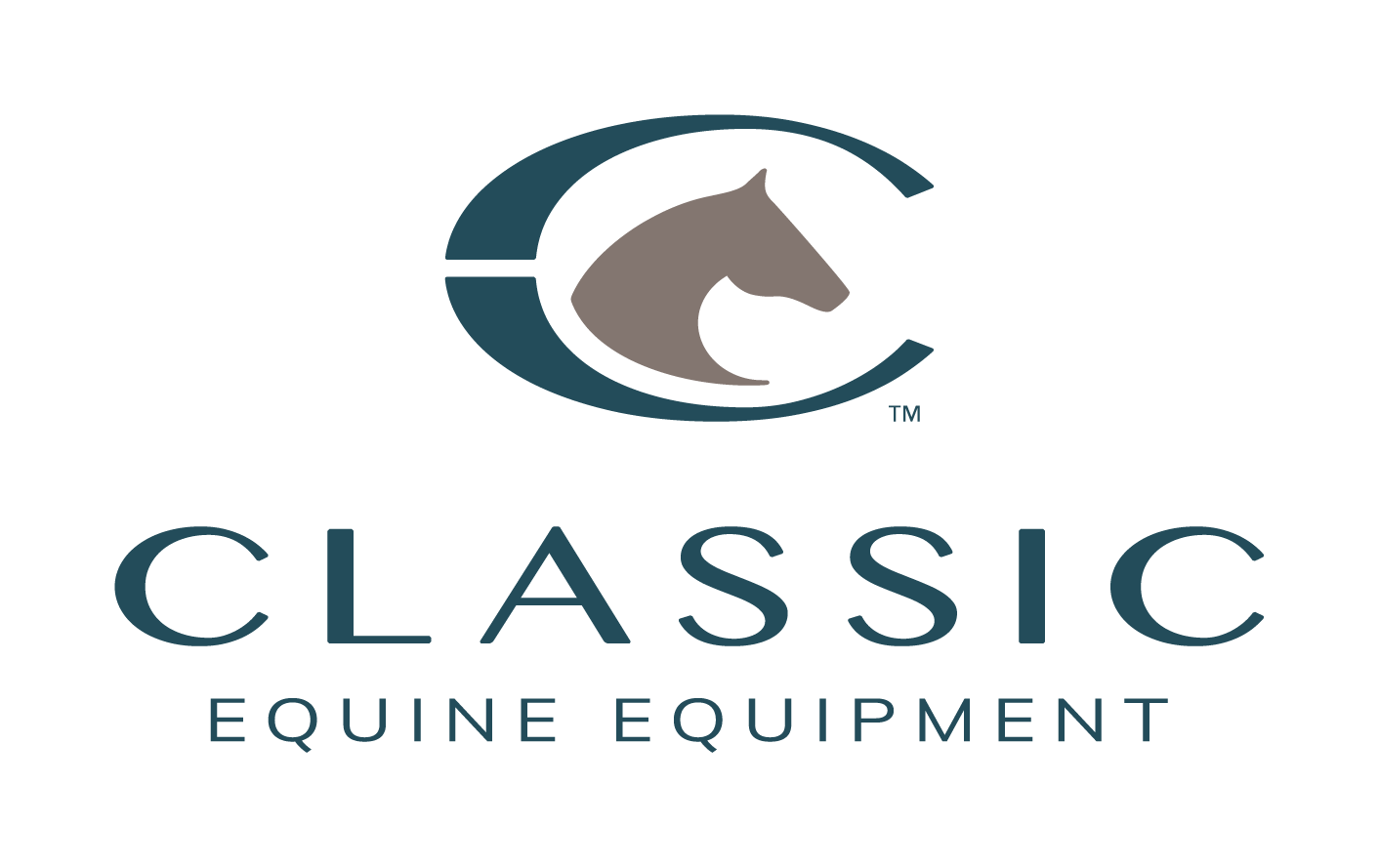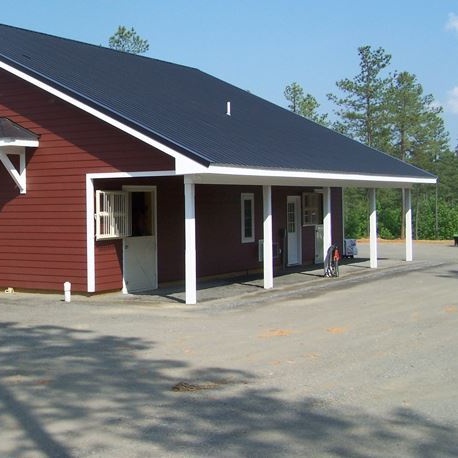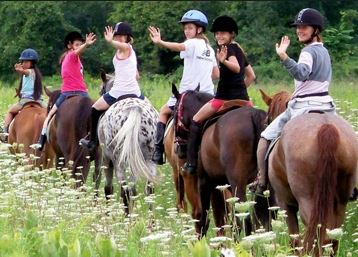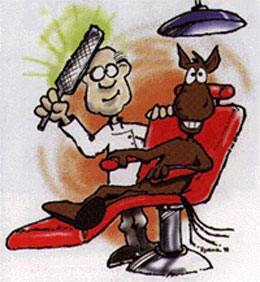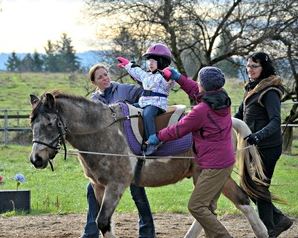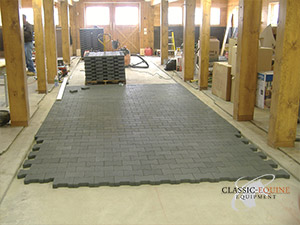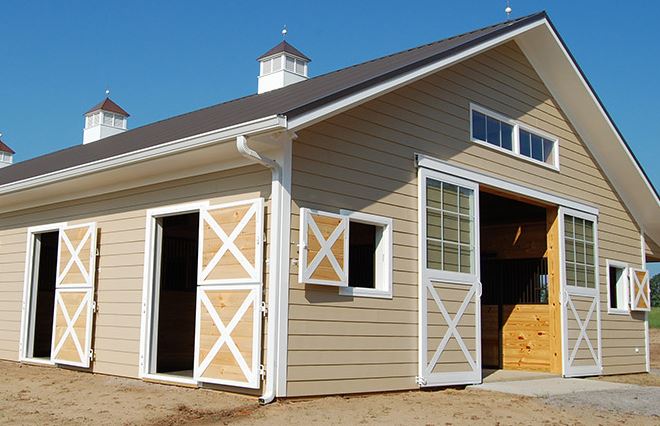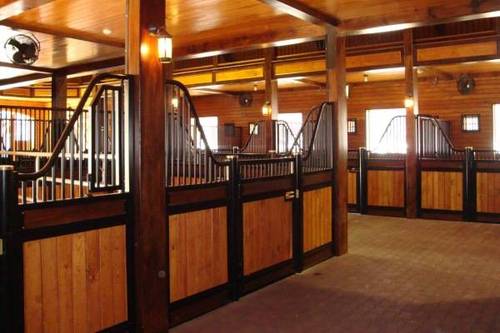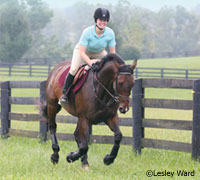A few months ago, we asked our readers what topics they'd be most interest in learning more about in our "Barn Bits" enewsletter and our blog. The overwhelming leading concern for horse owners was - fire. Every year, thousands of acres of land are burned and hundreds of homes and buildings destroyed. However, every once in awhile a miracle happens - a lone house remains standing, untouched, while the area around it is completely destroyed. Here are some tips on how you can help better the odds that your barn becomes one of the survivors.
Fire - Part 1: Prevention For Your Barn
Packing For Your Child's Riding Camp
You’ve decided on the perfect summer riding camp for your child, and the camp has sent you a list of suggested items to pack. Great! But, before you start squeezing items into duffle bags, go over the list yourself to see what you have, need and should take. While some camps are wonderfully thorough in the packing lists they provide, others might miss some essential supplies that your young rider will really need to have.
When someone says, “don’t look a gift horse in the mouth,” they are talking about the custom of telling a horse’s age by looking at his teeth. It is possible to estimate the age of a young horse by observing the pattern of teeth in the mouth, based on which teeth have erupted. A horse's incisors, premolars, and molars, once fully developed, continue to erupt as the grinding surface is worn down through chewing. A young adult horse's teeth are typically 4.5–5 inches long, but the majority of the crown remaining below the gum line in the dental socket. The rest of the tooth slowly emerges from the jaw, erupting about 1/8" each year, as the horse ages. When the animal reaches old age, the crowns of the teeth are very short and the teeth are often lost altogether. Differences between breeds and individual horses, however, can make precise dating impossible.
It happens to all of us at least once. Your equine vet retires or you move to an area that your current vet doesn't serve. Now you have to f ind a new vet for your horse. If you're like many horse owners, you'd rather find a new doctor for yourself than a new vet for your horse. A vet is your partner in maintaining your horse's health, so it's important to make sure that the vet that you use is a great one. Do you know what traits you should be looking for in a great equine vet?
Could Your Horse's Next Career Be As Part Of A Therapeutic Program?
When it comes to your plans for your horse's retirement, is donating him to a therapeutic riding program an option? Donating your horse to a therapeutic riding program may seem like an ideal option, but therapeutic riding horses need to possess a very special set of skills. Could your horse make the cut? Consider the following must-have characteristics.
Liability Insurance For Your Barn
Whether you are building your barn for your own personal use or as a business for boarding, training or breeding, you need to know what your liability risk is and how to best insure yourself and your assets from lawsuits. While this blog is based on a seminar by Oregon equine attorney Kathryn A. Hall, the information is not to be construed as legal advice - it is strongly recommended that you meet with your own lawyer and an insurance agent who specialize in equine businesses.
Before you start building your new barn from the ground up, start with the ground and below. There are three parts to the underside – the foundation, the footings and the flooring. Foundation and footings are what hold your barn up, keep it from shifting in cold and heat, and provide the stability to keep it from moving in high winds. Those decisions are best left to the professionals. An Extension Service engineer can take a look at your proposed building, the site and the soils and advise you on the proper footing depth and wall sizes. You may want to hire a professional to pour the concrete walls or floors, especially when working with floors with drains or plumbing.
A barn is built by just two people – you and your barn builder. He may have many other people on the job, but the success of your barn is going to depend on your relationship with your barn builder.
How An Equine Architect Can Help You Build Your Dream Barn
You've made the decision - THIS is the year you're building your dream barn! You've got the ideas, you've got the money, you've got the permits. Are you ready to go? Not quite.
Most likely during winter, your frequency and length of ride time decreased quite a bit. Now you want to start enjoying longer trail rides or maybe competing in an upcoming show. This information can help to condition your horse after a lay off.
